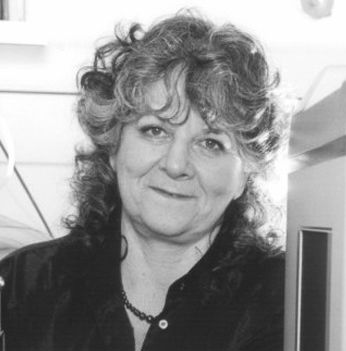Inaugural Grace Frankland Memorial Lecture
- Location
- Haworth Large Lecture Theatre 101
- Dates
- Thursday 21 March 2019 (17:30-18:30)
- Contact
Please register for this event

Grace Coleridge Frankland (1858-1946) was a pioneering English microbiologist, science communicator and advocate for equality in science.
She was home schooled and spent one year at Bedford College, before marrying the noted Chemist Percy Frankland in 1882. Grace developed an interest in the emerging science of bacteriology and, together with both Percy and his father Edward Frankland, she co-authored a number of landmark papers on bacteria and other microorganisms found in air and water. Colleagues of her husband noted that, although their situation as husband and wife working equally together was not unique, he was 'the first man who had the chivalry to admit it.'
In 1903 Grace wrote a popular science book entitled Bacteria in Daily Life, which was reviewed in Nature. It was written in an open style to engage a wide audience and introduced the general public to important findings regarding bacteria in food and air, as well as the hazards of pollution, sewage and infectious disease. As such, “Bacteria in Daily Life” represents one of the earliest examples of what would now be described as Science Outreach.
Grace Frankland was a Fellow of the Royal Microscopical Society and admitted into the Linnean Society of London. She was one of the nineteen female scientists who wrote the 1904 petition to the Chemical Society to request that they should create some female fellows of the society. The petition eventually led to the admission of women as Fellows of the Society (today’s Royal Society of Chemistry) and was a significant step forwards in supporting equality and diversity in research.
"People called me a dreamer," says Professor Ada Yonath of the Structural Biology Department, recalling her decision to undertake research on ribosomes – the cell's protein factories. Solving the ribosome's structure would give scientists unprecedented insight into how the genetic code is translated into proteins; by the late 1970s, however, top scientific teams around the world had already tried and failed to get these complex structures of protein and R.N.A to take on a crystalline form that could be studied. Dreamer or not, it was hard work that brought results: Yonath and colleagues made a staggering 25,000 attempts before they succeeded in creating the first ribosome crystals, in 1980.
And their work was just beginning. Over the next 20 years, Yonath and her colleagues would continue to improve their technique. In 2000, teams at Weizmann and the Max Planck Institute in Hamburg, Germany – both headed by Yonath – solved, for the first time, the complete spatial structure of both subunits of a bacterial ribosome. Science magazine counted this achievement among the ten most important scientific developments of that year. The next year, Yonaths’ teams revealed exactly how certain antibiotics are able to eliminate pathogenic bacteria by binding to their ribosomes, preventing them from producing crucial proteins.
Yonath's studies, which have stimulated intensive research worldwide, have now gone beyond the basic structure. She has revealed in detail how the genetic information is decoded, how the ribosome's inherent flexibility contributes to antibiotic selectivity and the secrets of cross-resistance to various antibiotic families. Her findings are crucial for developing advanced antibiotics.